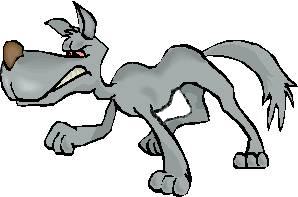

Only "Mad dogs and Englishmen go out in the midday sun." This well-known quote is pretty much true for denizens of the Chihuahuan Desert, though we can't vouch for the Englishmen part. During the hot season, few animals are active during the heat of the day. Even most diurnal animals—those that are active during the day—tend to their business in the cool of the morning or after the heat subsides.
Most mammals are crepuscular—that is, active during the semi-light around dawn and dusk—or nocturnal, claiming the dark hours as their own. With the value of sight diminished, most mammals rely primarily on their hearing and sense of smell. Which means that we, along with a few diurnal furbearers such as squirrels, are the oddballs among the mammals.
Virtually idiots when it come to scent, humans often understand birds,
also sight-dependent, far better than we do most mammals, whose actions are as
mysterious to us as those of any magician.

Contributor: Arthur H. Harris, Laboratory for Environmental Biology, University of Texas at El Paso.
Desert Diary is a joint production of the Centennial Museum and KTEP National Public Radio at the University of Texas at El Paso.

Vaughan, T. E., J. M. Ryan, and N. J. Czaplewski. 2000. Mammalogy, 4th ed. Saunders College Publishing, Philadelphia.
Desert USA. A discussion of various ways animals avoid damage by over heating.